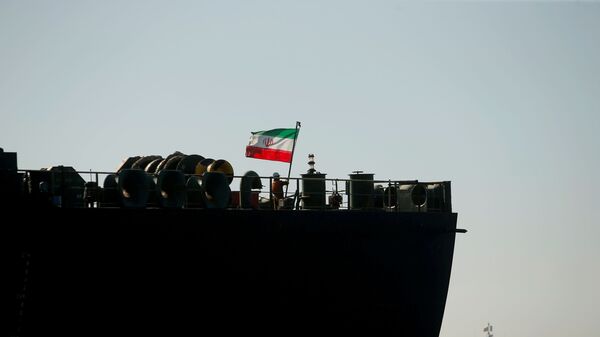Iran is dishing out $1.8 billion to build a new pipeline to transport oil while bypassing the critical Strait of Hormuz.
Iran's oil minister, Bijan Zangeneh, said this week that the country is building the 1,000-kilometre onshore pipeline from the Goreh oil terminal in southern Bushehr Province to the terminal at Jask, a port which sits east of the Strait of Hormuz in the Gulf of Oman.
Zangeneh said, as quoted by the oil ministry's news agency, that $700 million out of that $1.8 billion will be earmarked for developing the Jask port.
He added that the pipeline project would "transform the region as various oil storage facilities, export jetties, wave breakers and single buoy mooring systems would be built in Jask".
The plan will also see the construction of two refineries, with daily refining capacities of 300,000 and 150,000 barrels and petrochemicals facilities in the region.
Iran has been planning for years to set up a terminal outside the Persian Gulf, which would remove the need for its tankers to travel through the Strait of Hormuz and create a new export route for its crude.
In September 2018, President Hassan Rouhani announced that Iran would shift "a major part" of its exports to Jask from the Kharg Island terminal, located deep in the Gulf.
The Jask terminal is expected to start exporting gas condensate from the South Pars field in 2020; oil exports are projected to begin by early 2021.
Tehran previously threatened to shut down the Strait of Hormuz – a crucial waterway which handles around a third of the world's seaborne oil traffic – when tensions have flared in the Middle East over the past two years.
The United States and Iran came to the brink of military conflict in the summer following the downing of a US spy drone by Iran and American military build-up in the Middle East, as well as an array of unclaimed tanker attacks.
Washington reinstated energy-related sanctions against Tehran last year after withdrawing from the 2015 nuclear deal, aimed at bringing Iran's oil exports to zero and pressuring it to negotiate a new agreement. Iran has been reluctant to cave in to pressure from the United States and started rolling back some of its nuclear commitments.
The American sanctions, however – which also discourage foreign companies from doing business with Iran – have prompted the country to search for ways to avoid them, and exporting crude from just outside the Persian Gulf may well be one of them.




